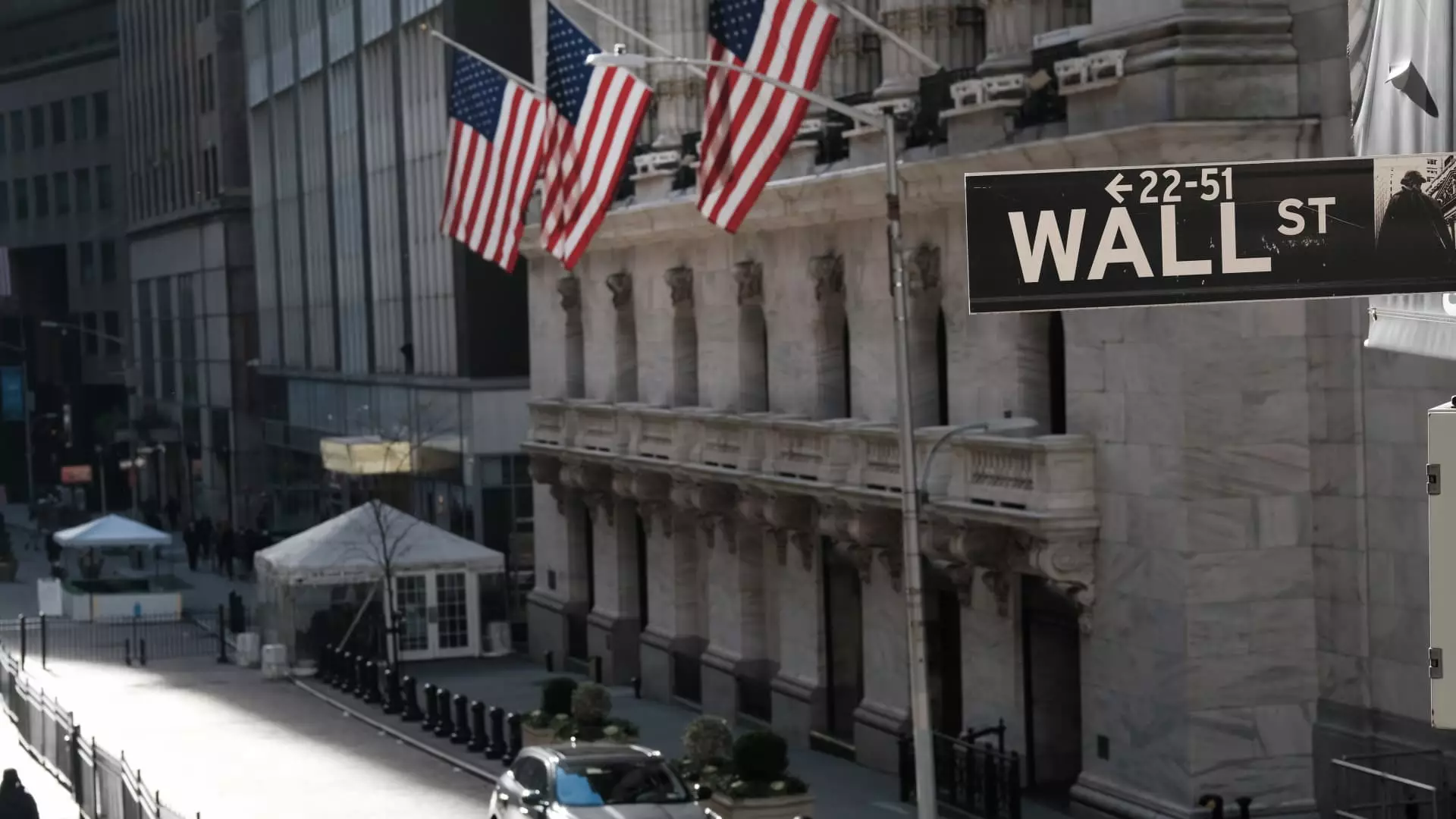The recent proposal by the Federal Reserve to relax critical capital requirements strikes at the heart of the financial stability that Americans have grown to trust. Pushed forward by a Wall Street eager to shed constraints, this initiative raises concerns not merely about the technicalities of banking but about the very fabric of our financial system. In pledging to ease the enhanced supplementary leverage ratio (eSLR), the Fed is flirting with disaster—turning its back on crucial post-crisis safeguards in favor of short-term gains that benefit only a privileged few.
The Rationale for Easing: A Fragile Market Justification
Proponents like Fed Chair Jerome Powell rationalize this move as a corrective measure aimed at bolstering liquidity in the Treasury markets. However, this justification rests on a fragile narrative. By suggesting that a binding leverage ratio is detrimental to bank operations in the face of climbing reserves, the Fed is essentially admitting that it prioritizes the interests of banks over the stability demanded from the financial system. It is an audacious gamble for which history provides ample evidence of potential calamity.
What’s more, in a world still reeling from the aftershocks of the 2008 financial crisis, commentators must question the wisdom of loosening regulations that were crafted with the lessons of past mistakes firmly in mind. This proposal signals a troubling trend: a willingness to overlook the perilous imbalances that emerged all too recently, suggesting a myopic view focused solely on the immediate needs of the financial elite without regard for the risks born by the wider economy.
Capital Requirements vs. Market Greed
The crucial point of contention rests on whether a reduction in capital requirements will truly serve the market’s stability. According to advocates like Vice Chair for Supervision Michelle Bowman, this relaxation supposedly allows banks to stock up on Treasurys, deemed relatively safe low-risk assets. But herein lies a contradiction: if Treasurys are, indeed, as safe as proponents claim, why not maintain robust capital requirements? The argument fails as it leans on the premise that market participants will act prudently, which history teaches us is often a slumbering fallacy.
The Fed’s assertion that this measure will cement resilience within the banking structure feels like a poor excuse to shift capital dynamics back towards aggressive profit-driven strategies. Critics, including Governors Adriana Kugler and Michael Barr, warn that without stringent requirements, banks might not channel their resources into stable intermediation but, rather, towards maximizing returns for shareholders. These dissenters see a far bleaker scenario: banks returning to risky behaviors that could spark the next financial crisis.
The Voices of Dissent: A Hope for Reckoning?
At a time when public trust in financial institutions is already delicate, the suggestion that we loosen regulations further is disconcerting. Dissent within the Fed’s ranks, notably from Governors Kugler and Barr, underscores the contentious nature of this proposal. Their warnings exemplify a principled stand against a faint-hearted move cloaked in the trappings of progress.
The dissenting voices are crucial; they affirm a conscience within an organization that risks conformity at the expense of broader financial health. Rather than allowing short-sighted interests to dictate policy, it becomes increasingly vital for regulatory bodies to base decisions on the long-term stability of the financial landscape. Accepting measures that fundamentally alter capital requirements without fresh consideration of their wider implications is a recipe for future turmoil.
Although the Fed’s proposal is open for public comment—signaling that dialogue is still valued—the urgency for robust opposition against the easing of capital requirements cannot be overstated. The financial stability of the nation should not hinge on the whims of Wall Street or the transient desires of profit-hungry stakeholders.
To truly safeguard American interests, the focus must shift back to resilience, accountability, and a pragmatic re-evaluation of what constitutes prudent financial regulation. In this precarious moment, a commitment to rigorous oversight over regulatory slack will be the only path toward a secure economic future. While the dynamics of the market continue to shift, vigilance and firm resolve should remain our guiding principles in the face of recklessness.

